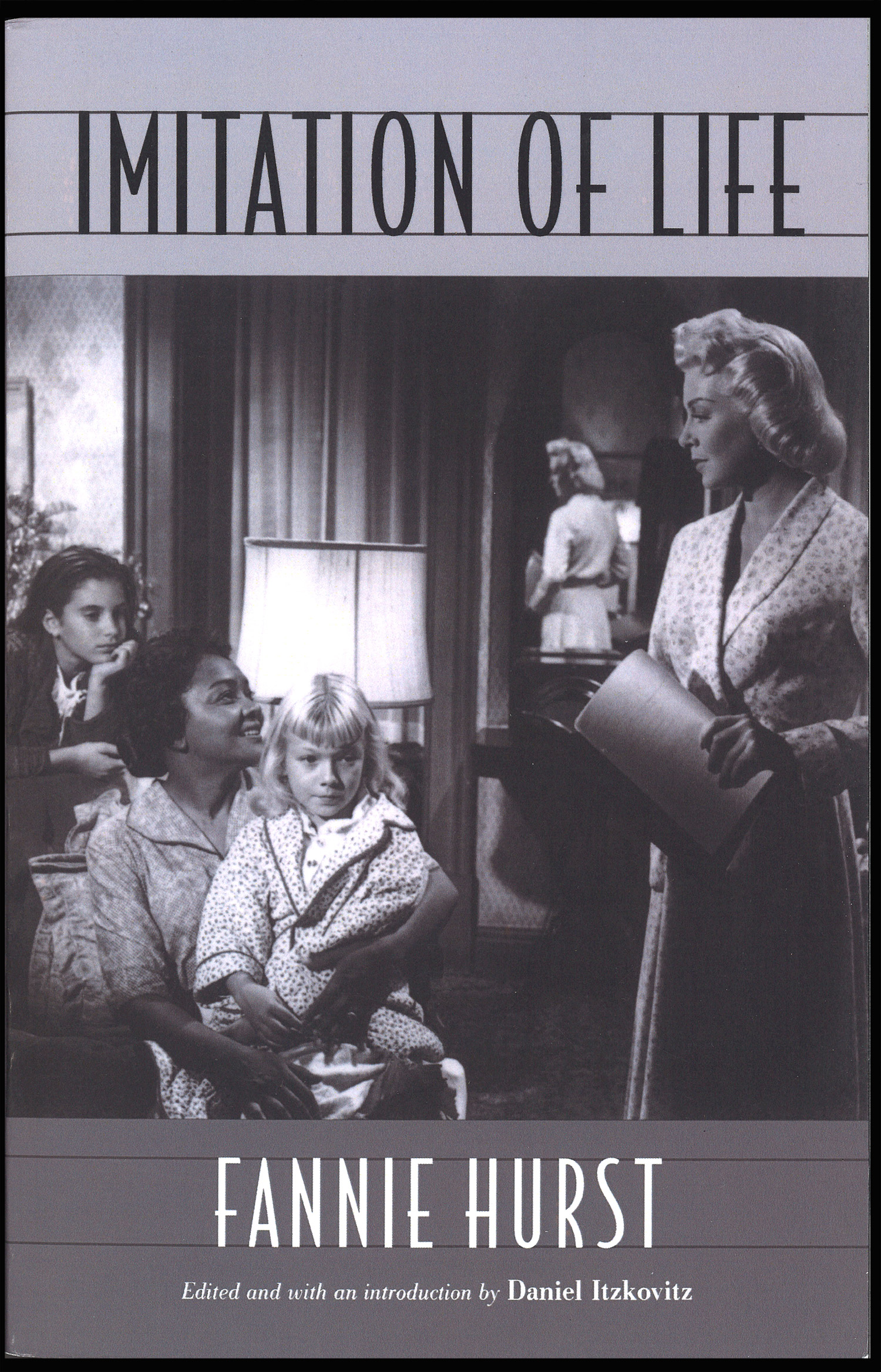Imitation of Life

Fannie Hurst (1889-1968) was an American novelist and short story writer active in the post-World War I era. Her writing combined sentimental, romantic narratives with social issues of her time, including women’s rights and race relations.
Hurst’s novel Imitation of Life tells the story of Bea Pullman, a white single mother, and Delilah Johnston, a Black maid and single mother, raising their daughters and opening a successful restaurant business together. Attention is given to the interpersonal relationships of each mother and daughter as the daughters grow up and leave their homes. Racial passing is used as a narrative element in which Delilah’s daughter, Peola, decides to move away to pass as white, cutting off her relationship with her mother.
![[Imitation of Life]
John M. Stahl, Director, 1934
Film Still](https://exhibitions.library.vanderbilt.edu/belle-da-costa-greene/wp-content/uploads/sites/64/2023/02/Imitation-of-Life-Scene-1934-film-150-970px.png)
[Imitation of Life]
John M. Stahl, Director, 1934
Film Still
Sam Fleming Southern Civilization Collection
Vanderbilt University Special Collections
Imitation of Life was adapted into two films, one in 1934 and another in 1959. Both the novel and its film adaptations received criticism, directed towards its heavy-handed stereotyping and treatment of Peola passing as white. In 1937, Harlem Renaissance writer Sterling Allen Brown reviewed the book for a 1937 issue of Opportunity, an academic journal published by the National Urban League, featuring emerging topics in African American studies. He referred to Hurst as “well-meaning” but noted her work “perpetuated old stereotypes.
